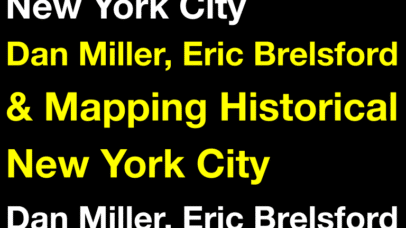
Pollinate Ep. 11- Amira Hankin & Designing Without Rules
The intersection of the physical world and human consciousness is a playground for designers like Amira Hankin, who know how to leverage both to influence the behavior of an observer. Trained in visual arts and biology, Amira is a lead product designer at Stamen and one of the minds behind Stamen’s award-winning project 12 Sunsets....









